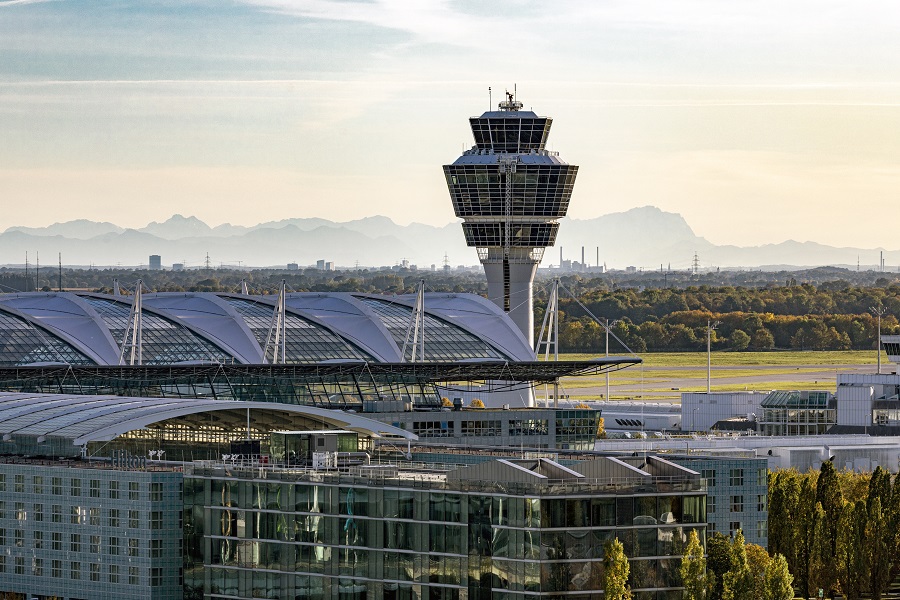Exactly 30 years ago, on the night of May 17, 1992, Munich Airport moved to its current location about 30 kilometers northeast of Munich. Since then, Munich Airport has handled around 850 million passengers and almost six million tons of air freight on a total of nearly ten million flights to and from Munich. In the record year of 2019, Munich Airport recorded a total of nearly 48 million passengers and approximately 417,000 takeoffs and landings.
The number of aircraft movements has thus more than doubled since the airport opened in 1992, while passenger numbers have nearly quadrupled over the same period. And in fact, the volume of air freight has increased six-fold.
This above-average growth was mainly driven by the further development of the new airport into a major European hub airport. Munich Airport’s success story was interrupted in March 2020 by the Corona pandemic, which had a massive impact on air traffic worldwide.
In the meantime, a significant recovery followed the lifting of many travel restrictions. During this year’s Easter vacations, traffic in Munich reached more than 70 percent of pre-crisis levels for the first time again.
The airport’s relocation from Munich’s suburb of Riem to the northeast between the cities of Freising and Erding received worldwide attention. In just one night, around 5,000 people with almost 700 trucks managed this mega move and the punctual start of operations on the following morning. Thanks to the expertise and reputation gained in this way, Munich Airport has since been operating successfully as a consultant for airport relocations and airport openings worldwide.
As strategic partners, Munich Airport and Lufthansa joined forces when they reached an agreement in 1998 to jointly build, finance and operate Munich Airport’s Terminal 2.
To date, this cooperation between the airport and the airline is unique within the international aviation industry.
With the Munich Airport Center (MAC), which opened in September 1999, the airport gained a state-of-the-art multifunctional service center. Today, the MAC with its spectacular glass membrane roof and the large forum area below is not only an architectural highlight, but also the airport’s commercial center and marketplace. The opening of Terminal 2 in June 2003 provided the necessary capacity expansion. Lufthansa and its partners have exclusive use of the terminal, which is designed to meet the specific requirements of transfer traffic. It quickly scored points with its users thanks to its multi-faceted retail and gastronomy offers, attractive rest areas and workplaces, as well as a wide range of service facilities.
According to Skytrax Munich Airport ranks for years among the most passenger-friendly airports in Europe and also received the award as a 5-star airport. The opening of Germany’s first midfield terminal in 2016 marked the next significant expansion, adding a capacity of 11 million to a total capacity of 50 million passengers.
Just three years after opening the mid-field terminal, the first construction phase began in April 2019 for the new pier at Terminal 1, which will significantly improve the service and quality of stay in Terminal 1.
Munich Airport is known for its spirit of innovation and diversification. In March 2018, the kick-off for the LabCampus took place in the northwest of the airport: a cross-industry innovation and collaboration center on the airport site. LAB 48, the first building on the LabCampus, will be completed soon.
Jost Lammers, CEO of Munich Airport, takes the airport’s birthday as an opportunity to look to the future with confidence: “Even though its impressive success story was interrupted by the massive impact of the Covid 19 pandemic, Munich remains a main player in the Champions League of European airports. In these weeks, we are seeing the enormous momentum with which air traffic is currently picking up again after two years of crisis.
I am therefore confident that we will soon reach pre-crisis levels again and subsequently grow beyond them.”

